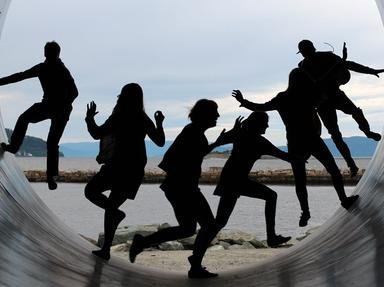Quiz Answer Key and Fun Facts
1. Hyloscirtus princecharlesi, a native of Ecuador, is named after the eldest son of the UK's Queen Elizabeth II. What type of amphibian is it?
2. What term referring to the claw of a lobster or crab is an anagram of PRINCE?
3. Which of the following options was a nickname given to Prince Michael Jackson II, the youngest son of the pop legend Michael Jackson?
4. Diana Prince was the alter-ego of which comic book super-heroine, who first appeared in 1941 and is known for brandishing the "Lasso of Truth"?
5. The ending of J.K. Rowling's 'Harry Potter and the Half-Blood Prince' identified Severus Snape as the 'prince' in question. The nickname was derived from his mother's name - which was what?
6. Unsurprisingly perhaps, principalities tend to be ruled by princes. Which of these principalities installed Prince Hans-Adam II as their Head of State in 1989?
7. Which of these Canadian islands is also one of the country's Maritime Provinces?
8. One of the organisers of the Great Exhibition of the Works of Industry of All Nations was Queen Victoria's husband, Prince Albert. Aptly, the event was held in a palace - but which one?
9. A question for numismatists: 2002 marked the introduction of the first coinage for the new single European currency, the Euro. Which European country's 1 euro coin featured the heads of not one, but two princes - Prince Rainier III and his son, Prince Albert?
10. In Greek mythology, which Prince of Troy married Helen of Troy after the death of his brother Paris?
Source: Author
Fifiona81
This quiz was reviewed by FunTrivia editor
gtho4 before going online.
Any errors found in FunTrivia content are routinely corrected through our feedback system.

